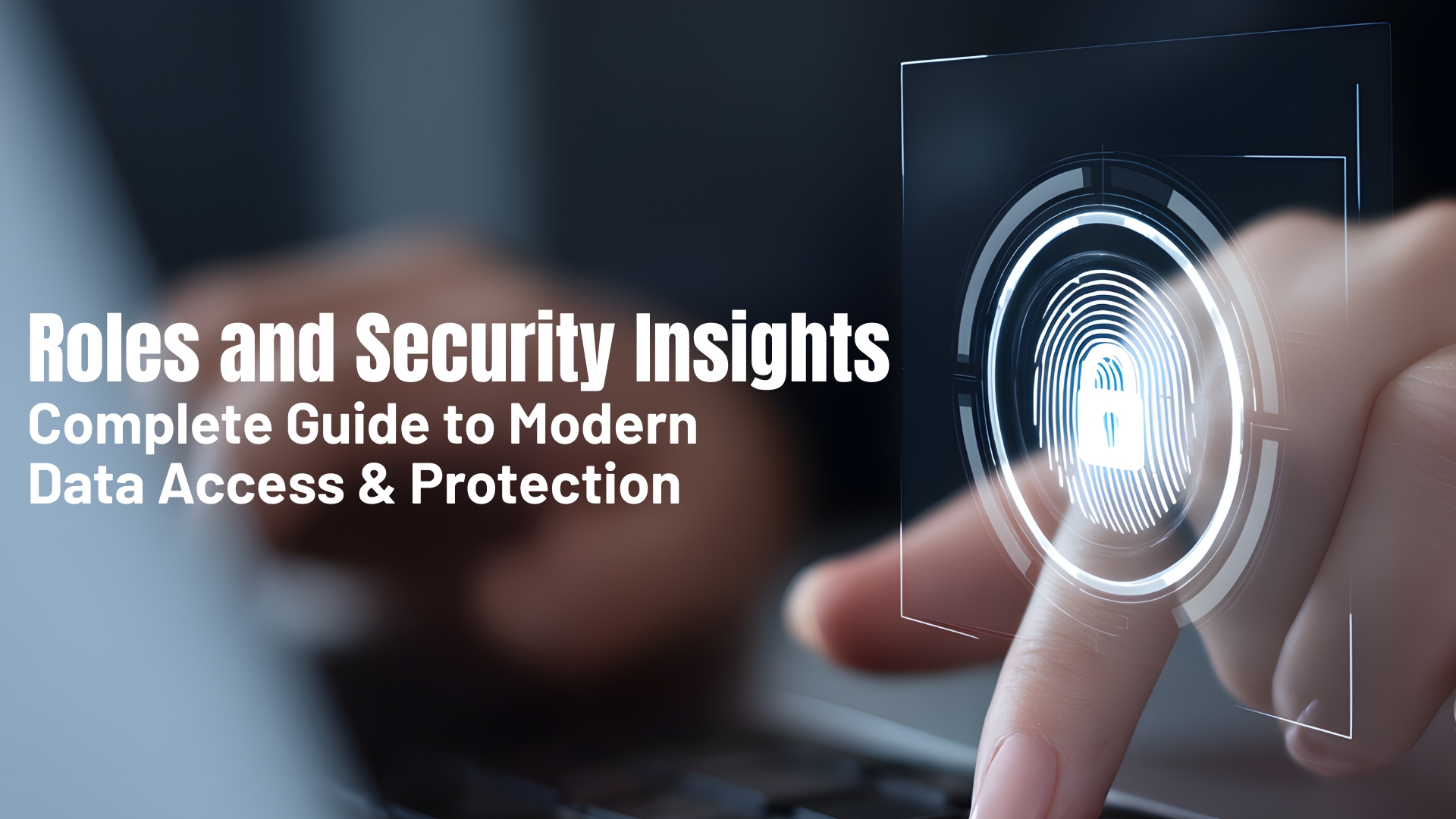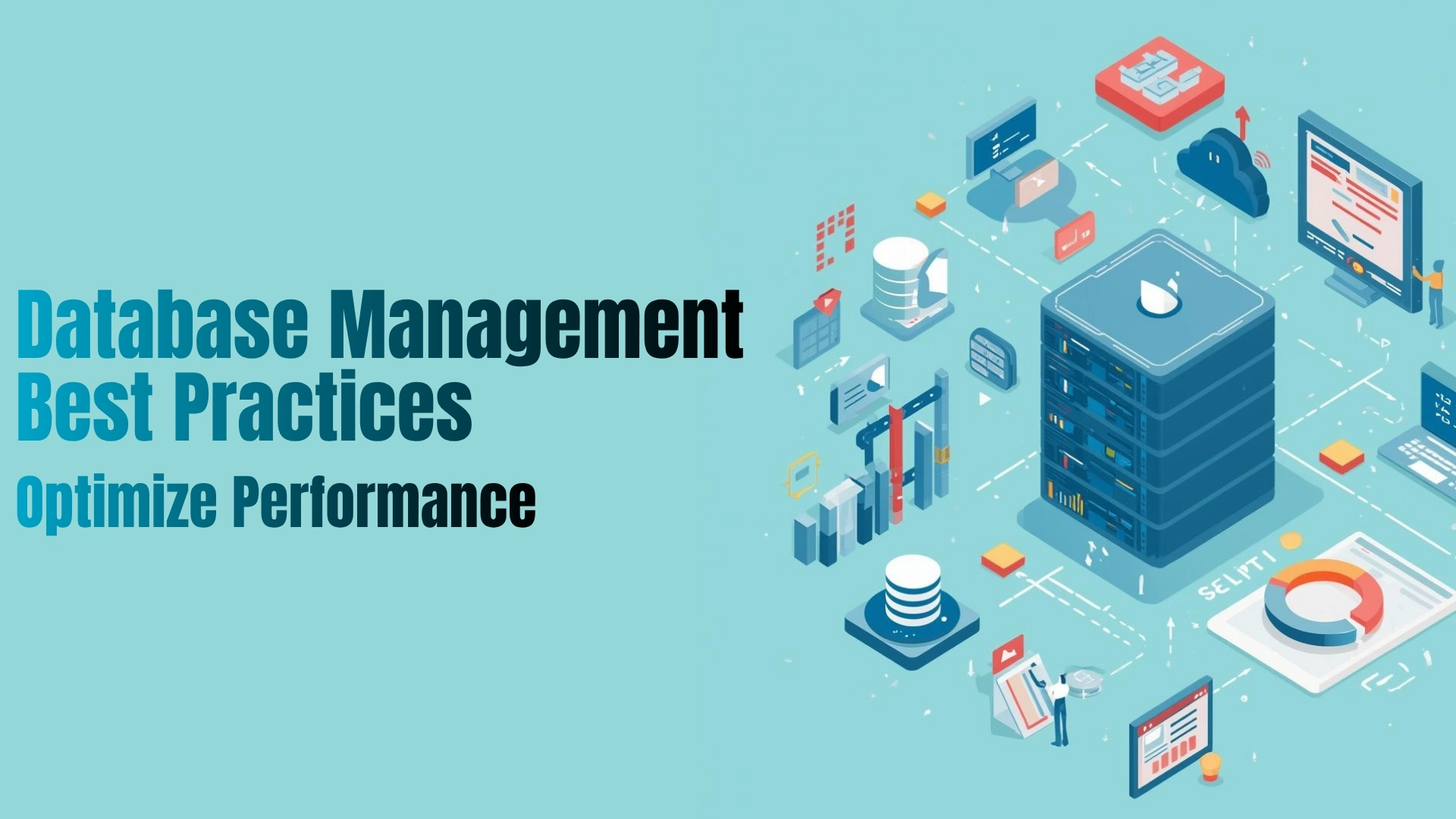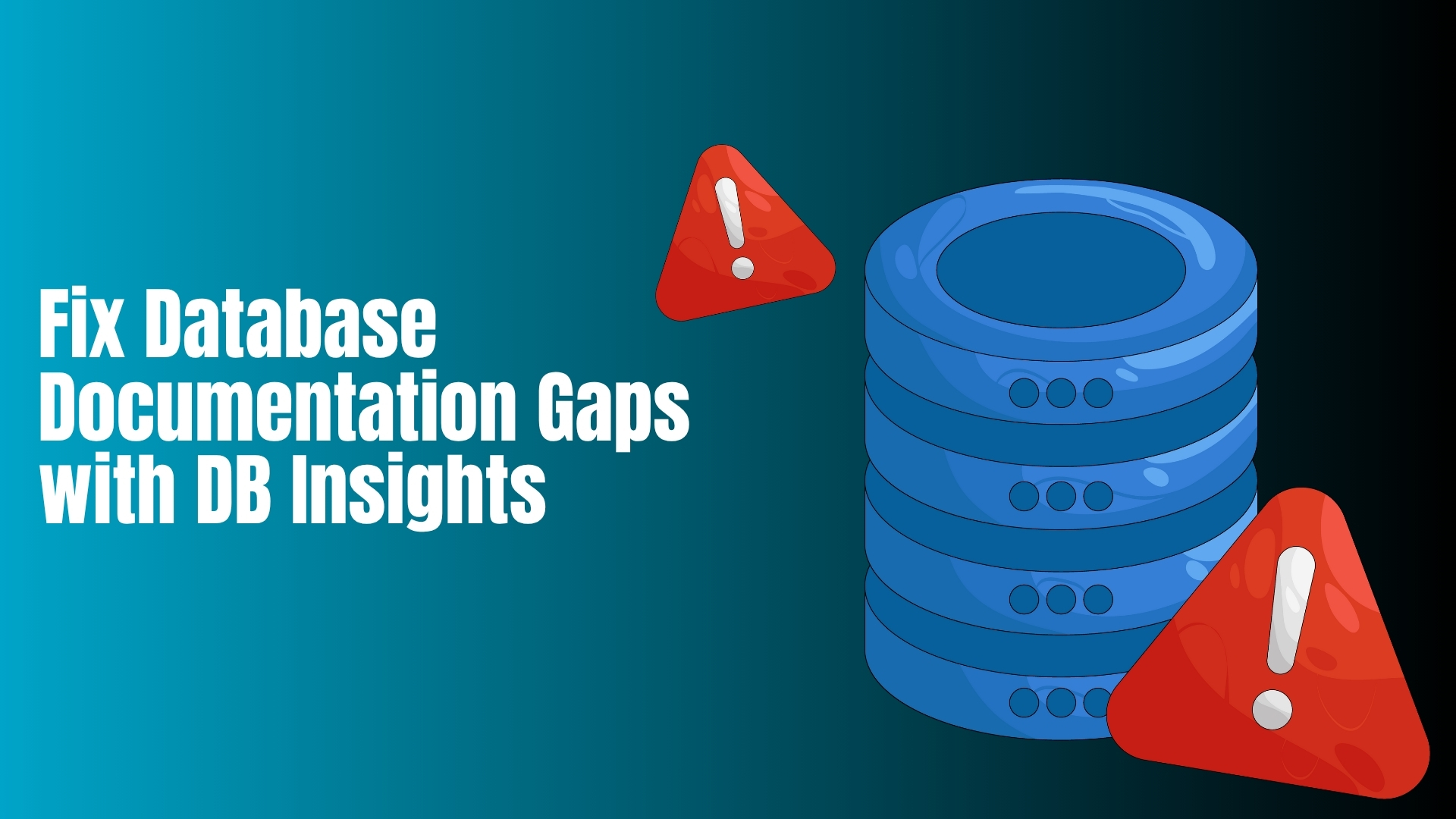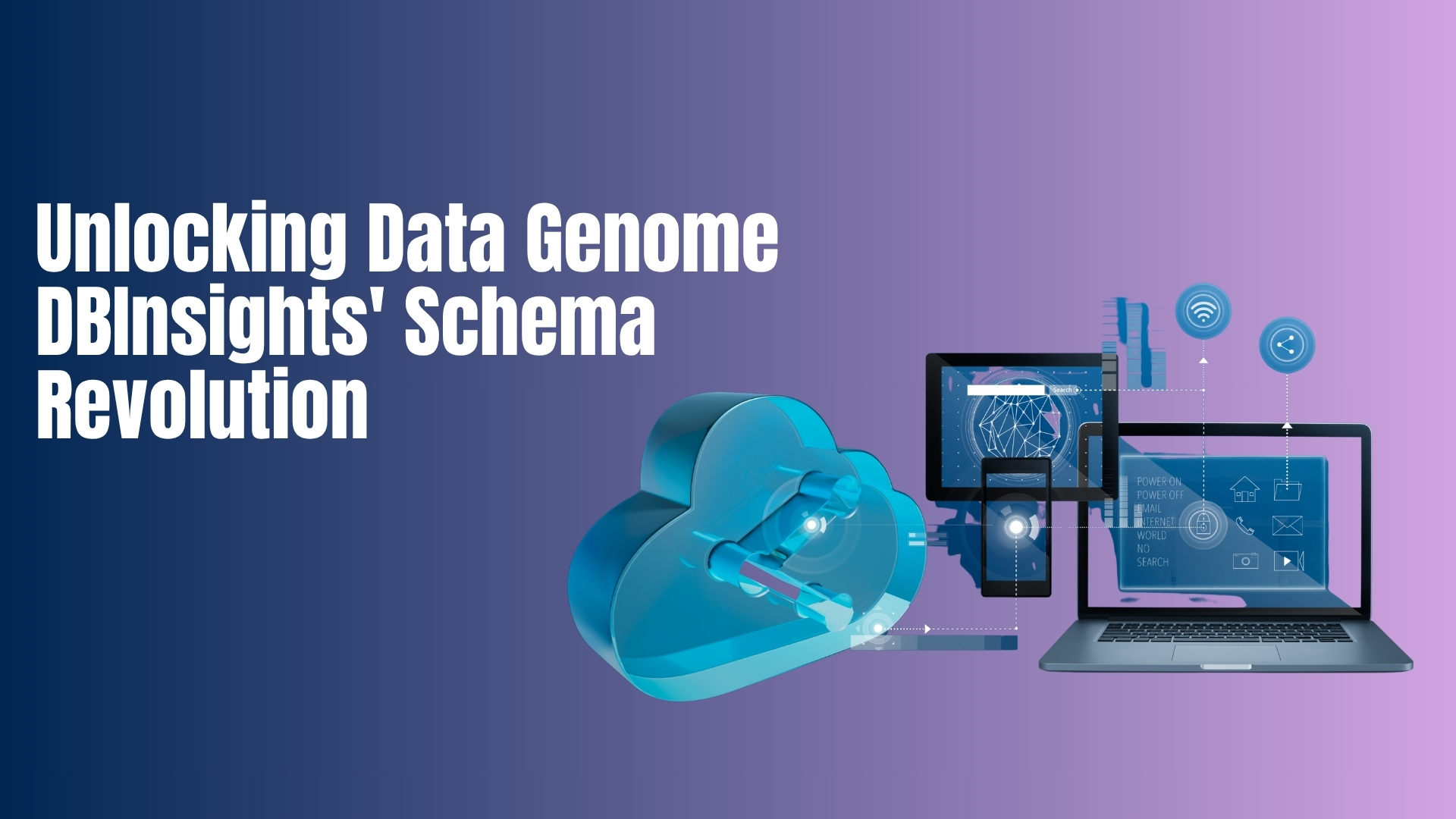Data is the most valuable asset in any organization today. From financial transactions to healthcare records and business intelligence dashboards, every digital interaction depends on data being accessible but only to the right people. Mismanaged access roles or weak security controls can lead to breaches, downtime, compliance violations, and millions in losses.
This is where roles and security insights become essential. They allow businesses to govern who can see, modify, query, or manage data all while maintaining compliance, minimizing risk, and allowing teams to stay productive. This guide explains how role-based access control (RBAC), permissions insights, and continuous monitoring can protect modern data environments, especially in complex architectures like multi-cloud, hybrid data lakes, distributed databases, and warehouse ecosystems.
What Are Roles in Database Security and Why Do They Matter?
Roles are predefined sets of permissions that determine what actions users can perform on a database or system. Instead of granting access one user at a time, roles streamline permission assignments based on job function.
Think of roles as access bundles.
A Data Analyst might have SELECT and READ analytics dashboards, while a Database Administrator (DBA) has privileges to modify schemas and manage performance.
Well-structured roles ensure:
- Least privilege access (users get only what they need)
- Operational productivity (no bottlenecks for data teams)
- Compliance (audit-ready controls for GDPR, HIPAA, SOC 2)
- Reduced human error (avoids accidental privilege escalation)
Without role management, organizations face “security drift” outdated permissions silently piling up, exposing sensitive data.
How Role-Based Access Control (RBAC) Works to Protect Data
RBAC has become the foundation of database security strategies. It grants access based on:
- User’s position
- Responsibilities
- Context of use
Instead of assigning 50 permissions to 100 employees individually, roles efficiently group security policies into manageable units.
Key RBAC Components
- Role: A permission set (e.g., Viewer, Editor, Admin)
- User: Individual or group assigned to roles
- Permissions: Actions like create, read, update, delete
This architecture enables scalability. A new employee joining the Analytics Team automatically receives access aligned to their role not full admin privileges.
Example:
A Sales intern should not have permission to delete customer records. RBAC ensures that kind of access is not granted accidentally.
Data Security Insights: Why Visibility and Monitoring Are Critical
Modern databases generate massive streams of access events, queries, privilege changes, API calls, integrations happening every second. Without security insights, organizations operate blind.
Security insights tools help:
- Detect anomalous behavior (suspicious access patterns)
- Identify excessive privileges (high-risk permissions)
- Monitor policy compliance in real-time
- Streamline access reviews and audits
A proactive insights layer prevents attackers from quietly exploiting unused or unchecked access paths.
How Misconfigured Roles Become a Major Security Threat
Many breaches occur not through hacking but misconfigured access.
Real-world risks include:
- Former employees retaining access after resigning
- Admin privileges granted “temporarily” but never removed
- Multiple tools and clouds creating inconsistent access layers
- Shadow IT databases without governance
These issues lead to:
- Unauthorized data exposure
- Privilege abuse
- Ransomware lateral movement
Research shows 74%+ of breaches involve human or privilege mistakes not advanced cyberattacks.
Misconfiguration is the easiest doorway attackers love.
Roles, Permissions, and Policies: What’s the Difference?
Users commonly confuse these security terms, but each plays a distinct part:
| Term | Controls | Example |
| Role | What a job function can access | Data Analyst can run SELECT queries |
| Permission | Specific action | CREATE TABLE, DELETE record |
| Policy | Rule for how and when access applies | Data masked unless flagged as authorized |
Security matures when roles + permissions + policies work together.
Zero-Trust + RBAC: The Modern Security Model
Zero-trust security assumes no one is fully trusted by default not even internal users.
When combined with RBAC:
- Access is continuously verified
- Context matters (device, location, time)
- Monitoring confirms intended usage
Example:
A login from a new IP triggers extra validation before data access.
This adaptive approach protects hybrid and multi-cloud environments where perimeters no longer exist.
Role Insights for Compliance and Governance
Industries handle sensitive data with strict regulatory rules. Organizations must show who had access to what and when.
Role insights help automate compliance across:
- GDPR: Personal data protection
- HIPAA: Healthcare information privacy
- SOX: Financial data accuracy
- SOC 2: SaaS trust principles
With automated reporting:
- Auditors get proof in minutes
- IT teams reduce workload and stress
- Fewer fines and disruption risks
Real-Time Alerts: Preventing Breaches Before They Happen
Security insights tools provide actionable intelligence such as:
- Sudden admin privilege escalation
- High-volume downloads from a single account
- Access after role removal
- Unauthorized schema changes
Instead of discovering a breach weeks later, alerts ensure:
- Immediate investigation
- Rapid remediation
- Zero downtime
The future of security is predictive not reactive.
Why AI-Driven Security Insights Are Transforming Data Access
As data infrastructures expand, manual monitoring becomes impossible.
AI and machine learning now enhance role insights with:
- Behavioral baselines
- Risk scoring for accounts
- Automated anomaly investigation
- Policy recommendations
Similar to fraud detection in banking, AI notices small deviations humans miss:
- A user running queries at 2 AM for the first time
- Sudden mass export of sensitive tables
These insights reduce risks before attackers succeed.
How to Strengthen Your Organization’s Role Security Strategy
A practical roadmap for improving role governance:
Role Discovery: Identify existing access assignments
Risk Assessment: Flag overly permissive roles
Role Cleanup: Remove unused or duplicated roles
Least-Privilege Model: Align access strictly with job needs
Continuous Monitoring: Use insights tools for real-time alerts
Scheduled Access Reviews: Validate assignments with managers regularly
Security is a lifecycle, not a one-time setup.
Future Trends: Autonomous Security Management
The future of roles and security insights aims for:
- Self-healing access (automatic privilege removal when unused)
- Predictive risk models
- Compliance automation
- Unified policy engines across all data platforms
This evolution ensures data stays protected even as teams scale and technology shifts.
FAQs
What is the primary benefit of using roles in security?
Roles simplify access control by grouping permissions, ensuring least-privilege access and reducing security misconfigurations.
How do security insights help prevent data breaches?
They deliver real-time visibility into who accesses data, detect abnormal behavior, and generate alerts before threats escalate.
What is the difference between RBAC and Zero-Trust?
RBAC defines who can access data; Zero-Trust verifies whether they should every time based on context.
How often should access roles be reviewed?
Best practice recommends quarterly reviews, or more frequently for high-risk, sensitive databases.




